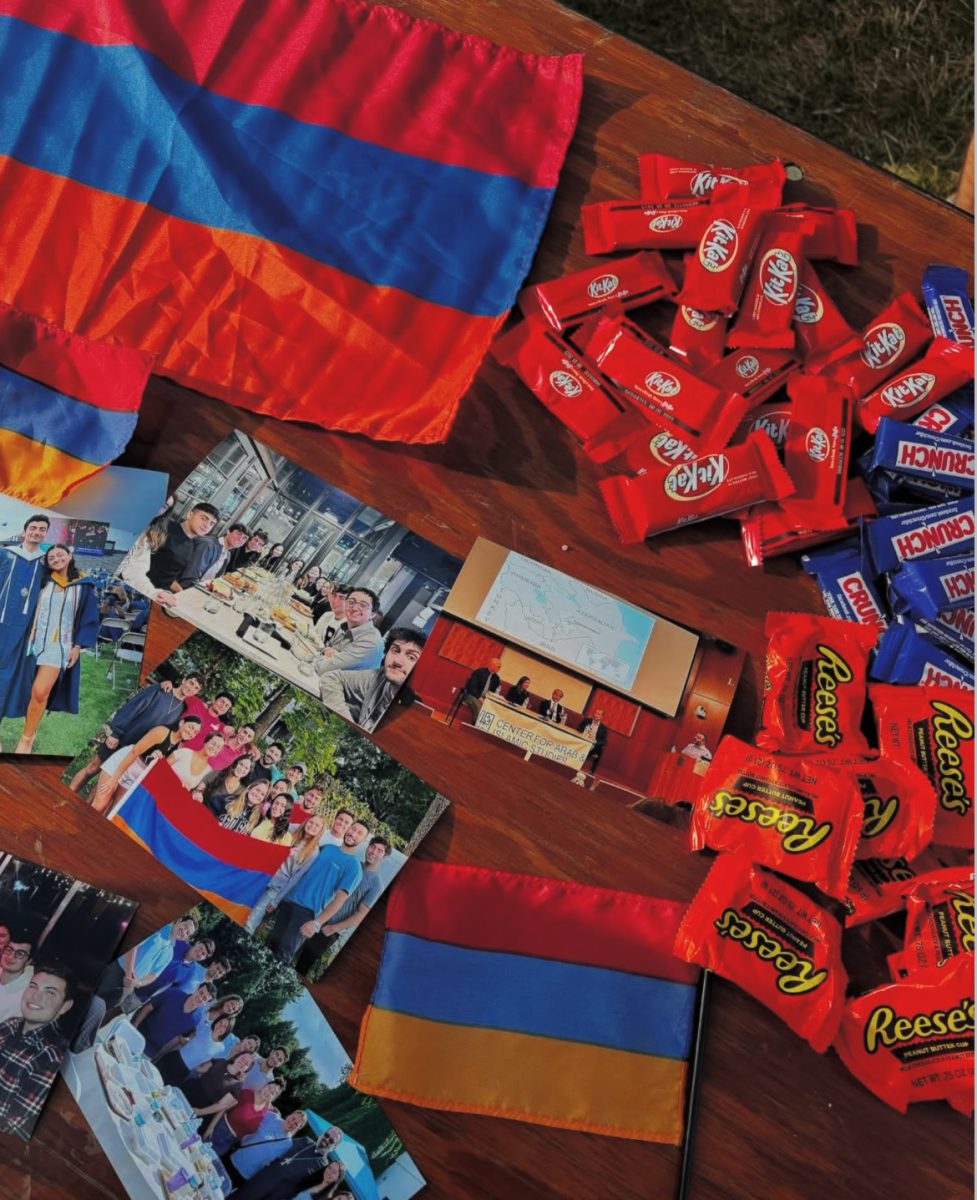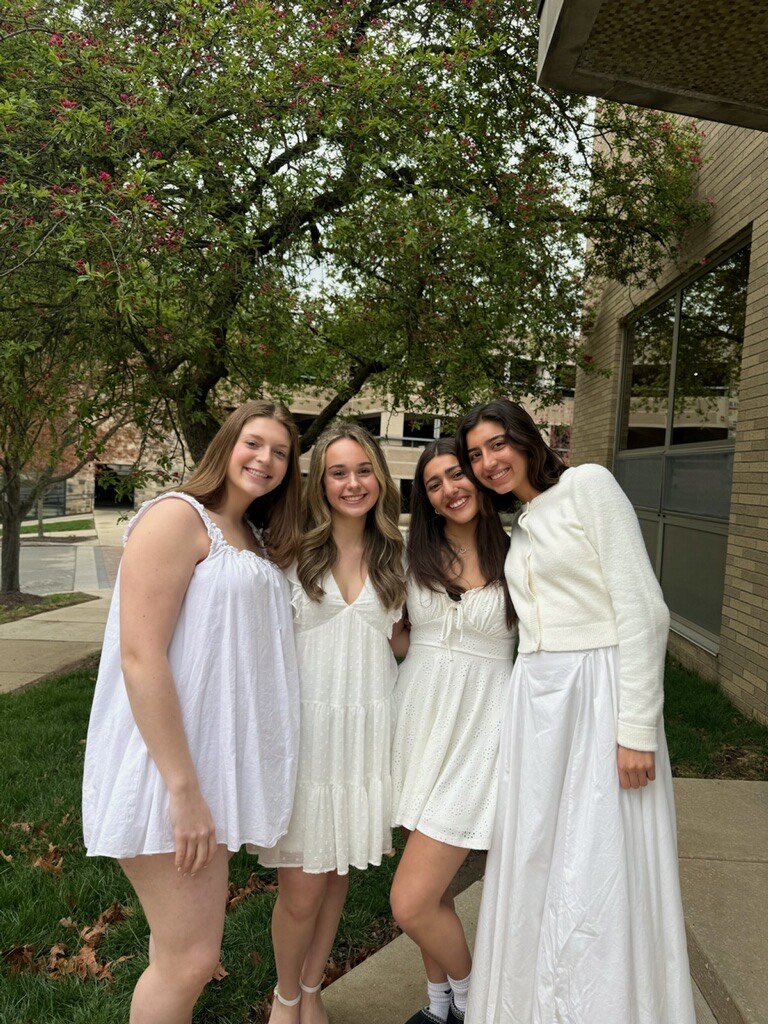Life in a predominantly white institution (PWI) like Villanova is often isolating for people of color. The cultural backgrounds we hail from are often misunderstood and underrepresented on campus. Dining Services make a well-meaning effort during cultural appreciation weeks, when staff prepare food from various cuisines, but unfortunately the results tend to be subpar. (I distinctly remember being horrified at the “Samosa casserole.)
However, diversity in food options has reached new heights with the inauguration of Choolah in Donahue Hall, open Monday through Friday for lunch (starting at 12 p.m.) and dinner.
“Our aim was to bring unique regional brands and menus to campus, particularly focusing on ethnic cuisine not currently available,” Dining Services proudly stated. “Choolaah stood out as an ideal choice, meeting our criteria on both fronts.”
Choolah prides itself on being an establishment that serves as an introduction into Indian cuisine and for people to become more familiar with lesser-known dishes. The chain has already successfully opened in several other universities, such as Penn State and Bucknell.
Choolah grinds its own spices to ensure freshness, and its food marinates for the flavors to be properly absorbed. The station on campus does not have as many options as one of its restaurants but still has an impressive offering, including some of the best vegan food on campus.
It serves two curries at a time (which it rotates): tandoori chicken, paneer and samosas. Traditional tandoori chicken is made in extremely hot, special ovens. Unfortunately, it is not practical for Choolah to set up these ovens in Donahue Hall, but the ovens are used in Choolah’s restaurant locations.
Paneer, best described to the American palate as cottage cheese cubes, is an Indian dish relatively unknown amongst American consumers that Choolah seeks to reach.
The soup-like dish that accompanies the rice are “curries.” I have heard them being referred to as a variety of things, including one Villanovan who asked for “more of that yellow sauce.” The yellow sauce in question was the lentil based curry, a delicacy from southern India (where I happen to be from).
I am not so naive as to want everybody to know everything about every culture around the world, but restaurants like Choolah are perfect places for people to learn more. At the very least, learning how to properly say the food you are eating would be a great place to start.
Students are, however, reporting dissatisfaction with portion sizes. One student reports asking for nothing but samosas and still receiving a single one. This would not be a problem (as students can simply come back for more helpings) if it were not for the fact that Choolah often has the longest lines of any of the other stations.
“To become operational, we are offering the serving sizes suggested by Choolaah and are reviewing moving forward,” Dining Service stated in response to these concerns.
I admit, I had my reservations about Choolah. I was worried that it was pandering to Americans at the cost of Indian authenticity. Honestly, to an extent that remains true. Its samosas are not the traditional shape, and its flavoring (though rich) is noticeably lacking in spiciness and its restaurants serve naan wraps and Chipotle-like rice bowls.
Yet none of these are deal breakers for me. I still love Choolah. It excels in what it strives to be: an introduction to Indian cuisine. I would, however, best describe it as serving food made of Indian components, rather than Indian food itself. I recommend that Villanovans expand their horizons by seeking out traditional Indian restaurants to have the most authentic culinary experience.
“Right now the plan for Choolaah is to remain on South Campus at Donahue, but our team is always on the lookout for other opportunities to expand diverse offerings on campus,” Dining Services stated.
Choolah has proven to be a smashing success. Villanovans love the appearance of new food options on campus (though it seems many would have preferred an on-campus Chick-fil-A). Hopefully, the overwhelming positive response will encourage Villanova to pursue more diverse options on campus.






